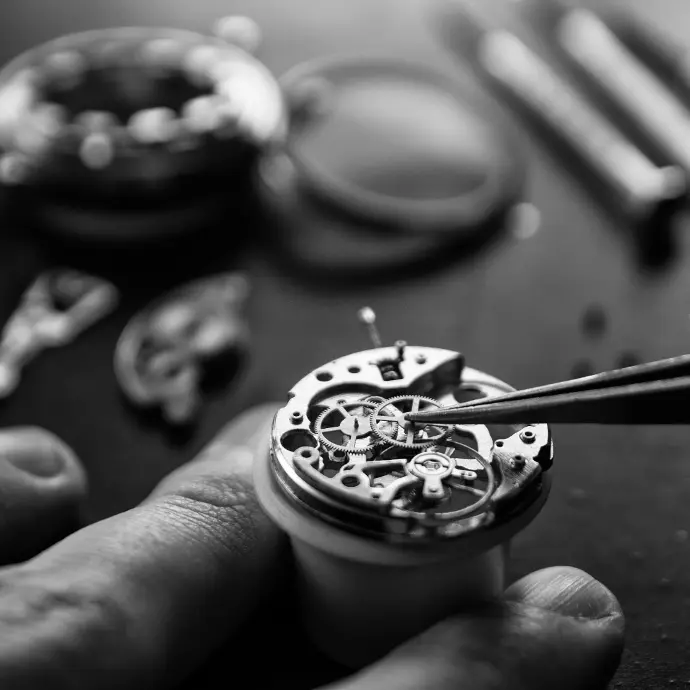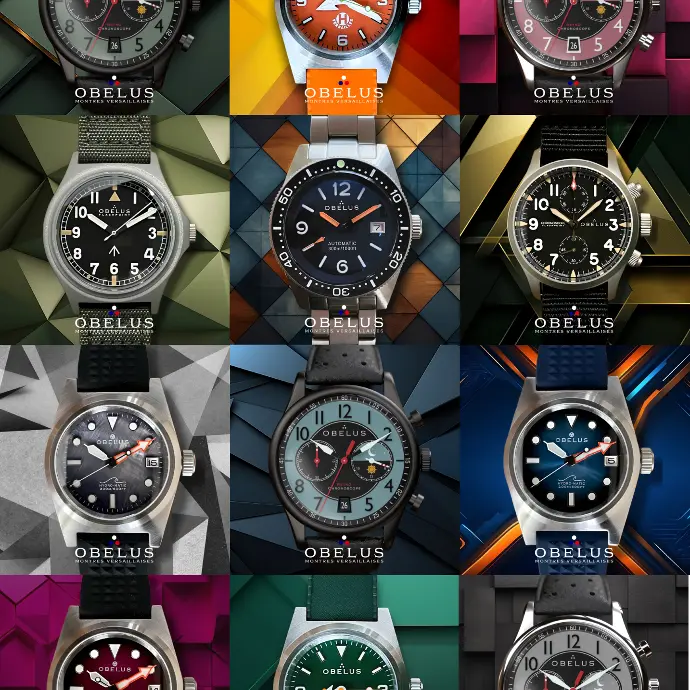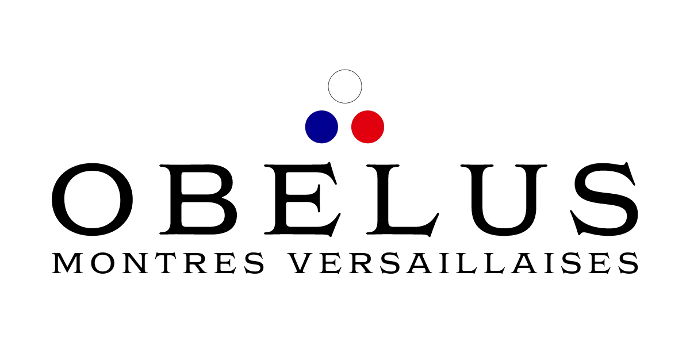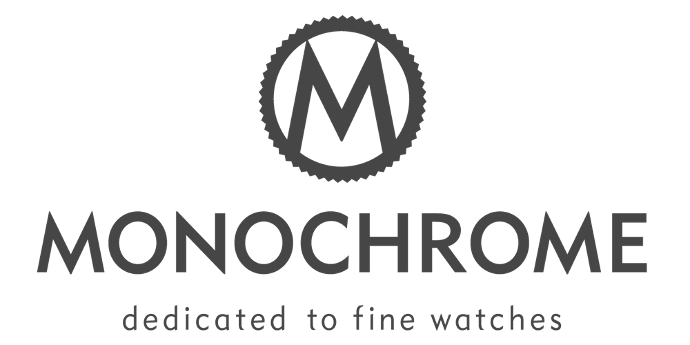WATCH BRAND
FROM VERSAILLES
Everything is designed, but few things are designed well,
our watches sound
the origins...
Comme l'écrivait Gregory Pons (que je remercie chaleureusement au passage) dans son article du 8 juin 2022 de Business Montres : La maison horlogère OBELUS, "On a échappé à Obélix..." et bien pas tant que cela!
Les
amateurs de B.D et en particulier les amoureux des aventures de nos
deux courageux Gaulois, l'auront relevé : "Astérus et Obélus" ont
existé, ce sont les pseudonymes dont s'affublent nos deux héros,
déguisés en légionnaires romains, dans Astérix et les Goths.
Mais je vous rassure notre réflexion était autrement plus sérieux.
Donc pourquoi avons nous opté pour ce nom « OBELUS » ?
Et
bien, l'obélus «➗» est un signe utilisé en mathématiques pour signifier
la division.
This sign was introduced by the Swiss mathematician and astronomer Johann Heinrich Rahn in 1659 (during the reign of Louis XIV... in Versailles, also the birthplace of our brand.
In two lines, everything was written to give its name to a watch brand: Mathematics, Astronomy, Switzerland and the foundation of the masterpiece of a watch movement: the time-divider.
This time which is only a succession of divisions: ..., centuries, decades, years, weeks, days, hours, minutes, seconds, ...
Our Philosophy
Like most micro brand owners, I am an individual who lives and breathes watches, I have worked in the watch industry for over 20 years and have been collecting watches since I was 10 years old.
Driven by a passion for the classic sports watches of the 1950s. Obelus has given a new lease of life to one of the most popular models in watchmaking history, the "chronograph". To create its inaugural model, the "Retro Chronoscope
My ultimate goal has always been to create watches that look like me: aesthetically pleasing, dark, solid and reliable, but with a rebellious touch...


Our Choices
All our watches and packaging are designed and produced in France, however transparency is necessary to avoid any confusion about our watches.
By choosing the best suppliers and working with them to understand their process for months before our first prototypes.
We design, buy and manufacture our components in 5 different regions: Hong Kong, Japan and Switzerland for most components and finally Italy for our bracelets and accessories.
Nos ambitions
Proposer des montres intemporelles dans le respect des meilleurs standards de qualité, à un prix juste. Le tout soupoudré de séries et d'éditions plus qu'ultra limitées.
Nous proposons une distribution directe, la marge traditionnelle de l’intermédiaire est ainsi supprimée et nous permet de proposer des prix justes pour toutes nos montres.
Cependant, nous mettons un point d’honneur d’être à votre écoute et sommes en contact quotidien avec nos clients. Nous vous garantissons d'être toujours accessibles via nos réseaux sociaux ou par e-mail.

Everything is DESIGNED.
Few things are
WELL DESIGNED
A little history of the beginnings
of watchmaking and France
In France, it was François I who inaugurated the first "French" watch thanks to Julien Coudray in 1518. Julien Coudray, a watchmaker from Blois, was one of the most skilful craftsmen of the 16th century. Appointed "clockmaker" to Kings Louis XII and François I, he was highly respected for his know-how. At the time, to be the king's clockmaker was to have been chosen to embody his vision. At the request of King François I, Julien Coudray made a watch inlaid in the pommel of two of his daggers. According to historical sources, Julien Coudray is thus considered the inventor of the portable watch.
Although watchmaking became synonymous with art and science in the middle of the 17th century thanks to the improvement of techniques, the revocation of the Edict of Nantes in 1685 was a real scourge for French watchmaking excellence. Indeed, before this date France, and more precisely Burgundy-Franche-Comté, was the true cradle of European watchmaking. With the revocation of the Edict of Nantes, Protestant worship was banned, temples were destroyed and many craftsmen such as watchmakers and jewellers were forced into exile. There was a massive emigration of French Protestant watchmakers to Switzerland, taking with them their knowledge and manufacturing secrets. The consequences were disastrous for France, which saw a host of talented craftsmen and teachers flee.
It was in 1700 that French watchmaking regained its reputation with the Enlightenment. The know-how of French master watchmakers such as Julien Leroy enabled them to make up for the delay caused by the revocation of the Edict of Nantes. Paris thus became the centre of watchmaking expertise and attracted talent from all over Europe. The second half of the Enlightenment was marked by the effervescence of science and technology. As a result, watches became more precise, simpler and more comfortable to use and more discreet.
And this exploratory and innovative adventure continues today...





